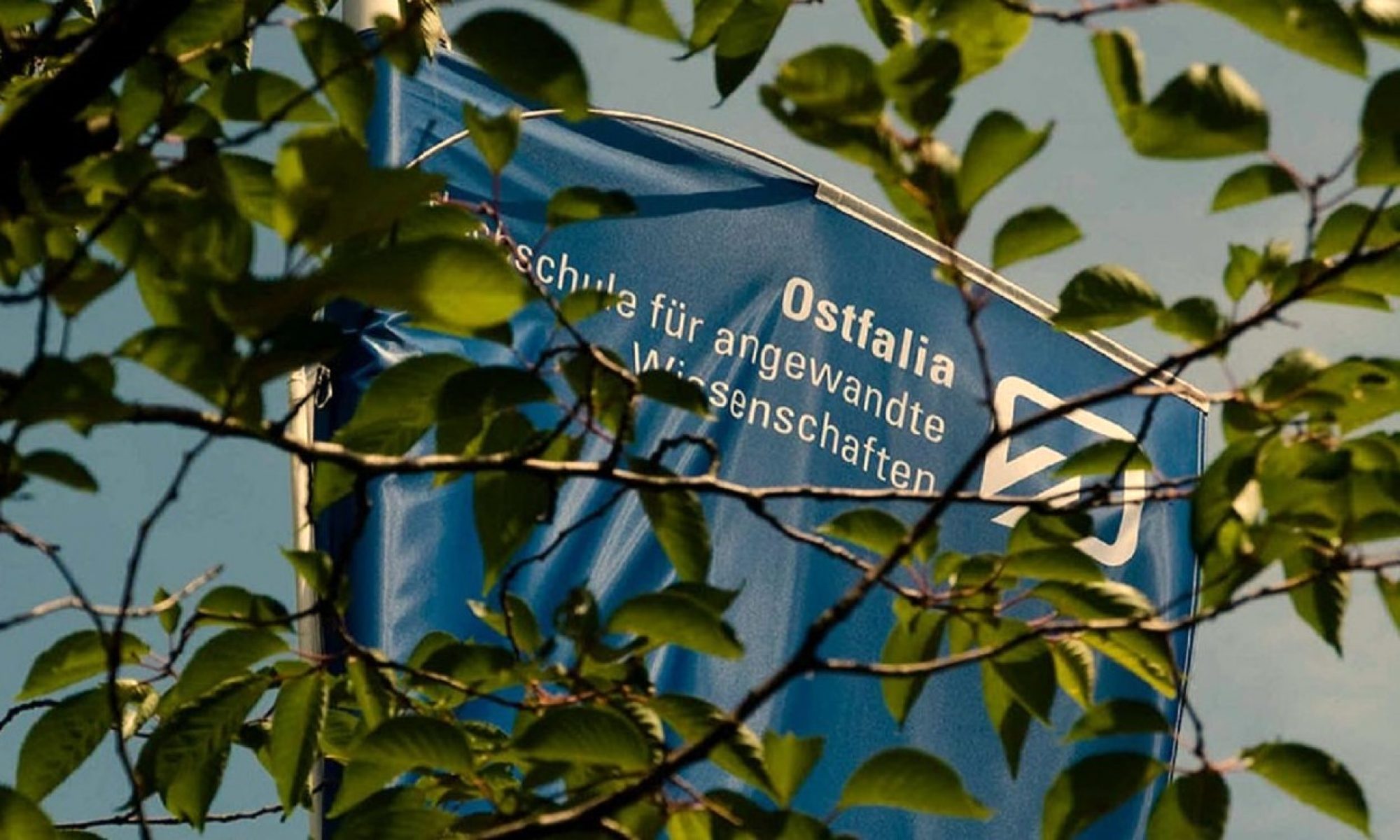Kirsti Rumma
kirsti.rumma@taltech.ee
Tallinn University of Technology
Abstract
Statistical literacy encompasses the ability to comprehend, interpret, and critically assess statistical data and information, as well as to effectively communicate and apply statistical reasoning across diverse contexts (Wallmann, 1993). According to Cal’s model (2002), statistical literacy consists of two primary components: knowledge elements and dispositional elements. The knowledge elements encompass literacy skills, statistical and mathematical knowledge, contextual understanding, and critical questioning abilities, whereas the dispositional elements include a critical stance alongside beliefs and attitudes. This conceptual framework has guided the design and objectives of the first-year undergraduate course „Statistics“ examined in this study. The course is structured to provide students with a comprehensive understanding of statistical methods and tools, equipping them with the necessary skills to collect, analyze, and interpret data. The pedagogical approach emphasizes the application of statistical techniques to solve problems across various domains, fostering critical thinking in handling quantitative data and enabling students to derive data-driven conclusions and informed decisions. Among the various assessment methods employed (such as closed-book auditory tests, etc) the course integrates Project-Based Learning (PjBL) as a core instructional strategy. PjBL engages students in an extended inquiry process, requiring them to investigate and respond to complex questions, challenges, or problems, culminating in the production of a final artifact (in our case, the project report). Thomas (2000) highlights that PjBL combines academic content with practical applications, promoting both knowledge acquisition and the development of essential soft skills, including collaboration and presentation. Investigating real-world statistical problems reflects the inquiry-driven essence of PjBL, reinforcing its alignment with authentic learning experiences. The defence of the final report further reinforces accountability, critical thinking, and effective communication. Moreover, from the perspective of various assessment frameworks, this approach aligns with the principles of authentic assessment – a method in which students demonstrate their learning by performing tasks or solving problems that replicate real-world situations. Authentic assessment prioritizes the application of knowledge and skills in meaningful, practical contexts (Herrington and Herrington, 2006; Wiggins, 1998) and evaluates competencies through projects, presentations, portfolios, or other artifacts, rather than standardized testing (Lombardi, 2008).
This paper will examine the composition of the student cohort, the teaching and assessment methods utilized, particularly the role of PjBL, and will provide insights from student feedback in the previously mentioned statistics course.
Keywords
Statistical literacy, project-based learning, authentic assessment, undergraduate statistics course.
References
Gal, I. (2002). Adults‘ Statistical Literacy: Meanings, Components, Responsibilities. International Statistical Review, 70 (1), pp. 1-25.
Herrington, J. and Herrington, A. (2006) Authentic Learning Environments in Higher Education. Hershey, PA: IGI Global. Lombardi, M. M. (2008).
Making the grade: The role of assessment in authentic learning. EDUCAUSE Learning Initiative, pp. 1-16.
Thomas, J. W. (2000) A Review of Research on Project-Based Learning. San Rafael, CA: The Autodesk Foundation.
Wallman, K. K. (1993) Enhancing Statistical Literacy: Enriching Our Society. Journal of the American Statistical Association, 88 (421), pp. 1-8.
Wiggins, G. (1998) Educative Assessment: Designing Assessments to Inform and Improve Student Performance. San Francisco: Jossey-Bass.
